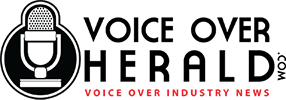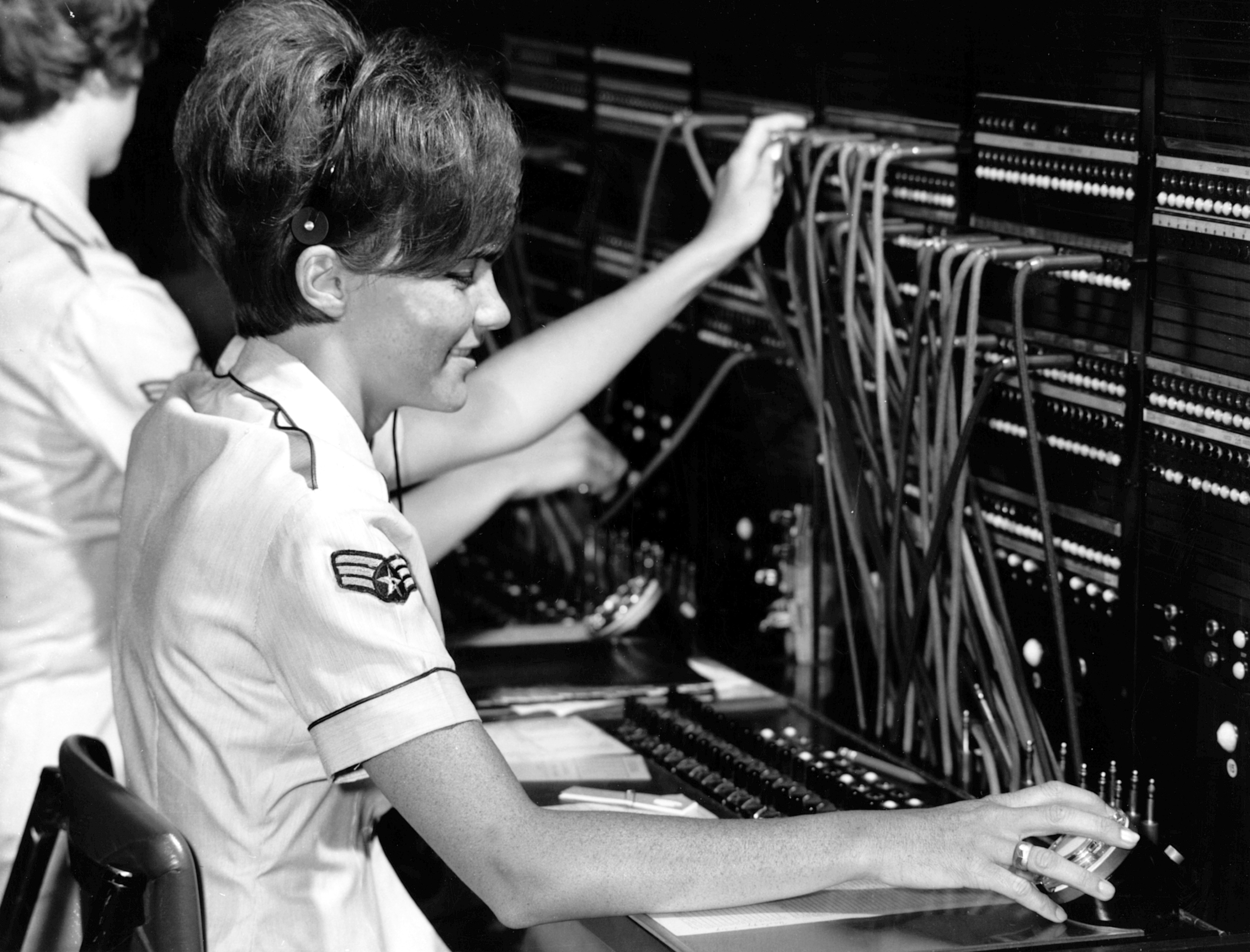Are Phone Patches Still Used in Voiceover Sessions?
Voice over experts, just as artists and sound engineers; agree that phone patch is something that is here to stay for a while longer despite the fast moving technology such as ipDTL, Source Connect and Sound Streak which feature technology, are all gaining momentum.
Many studios as well as individuals who do voice recording from their home set-ups, have tried to move away from this technology, but continue to have the trusted phone patch ready to fall back on.
We’ve put together some tips to remember for a smooth phone patch session.
Have Someone Listen In On Your End
When doing the recording, a number of people end up missing some nuances, something which can really affect your recording. A second or third set of ears can really save some time down the track.
A speaker-phone is a great investment for this purpose. It is always great and that it pays off to use hands-free when recording though phone patch. However, you should avoid the feedback that can come up during the actual recording. Mute the speakers when talking to avoid such feedback.
Keep Quite Will Ya!
The room must be very silent when recording. That is not an option, it is a must do. Not even the sound of a falling needle should be heard. Once the talent start reading his script, everything or everybody in the room should go “dead silent” to eliminate any chances of interrupting him.
At times, a session might be good or enhanced by bringing on board more than just one person. This can be much easier and convenient to handle many people at once than having all of them in the studio. But you ought to exercise extra caution here especially of the multiple feedback associated with this form of recording.
You should have one designated director to give feedback to talent.
However easier and convenient directing voice over through phone patches can get; it does also come with its own advantages as well as shortcomings.
Some of the advantages include the facts that talents are heard live while performing or reading the script and mispronunciations can be corrected easily. Also, this form of recording provides the opportunity and possibility of working with voice talents from far and wide.
The only main disadvantage that comes with directing voice overs with phone patch is the technical limitations when handling multiple talents in one session. The signal may not be as powerful as required to support the connections.
Whichever point you look at phone patch from, it is definitely something which is here to stay with us for a while longer.

